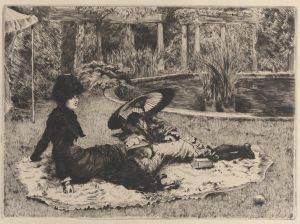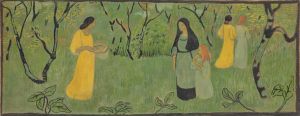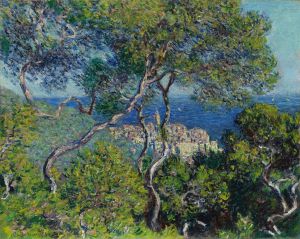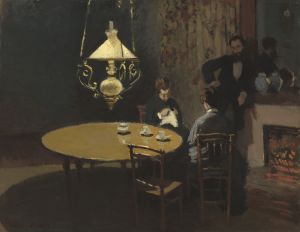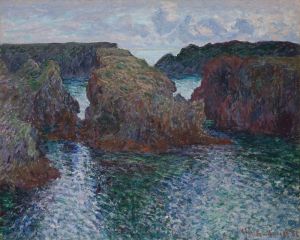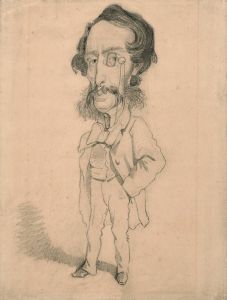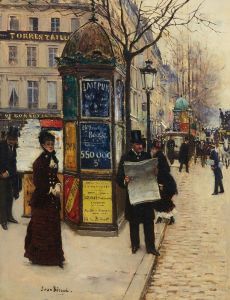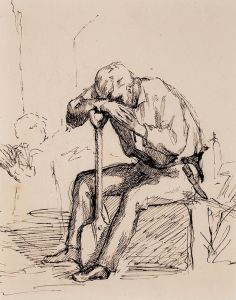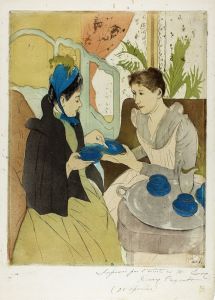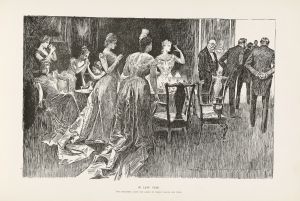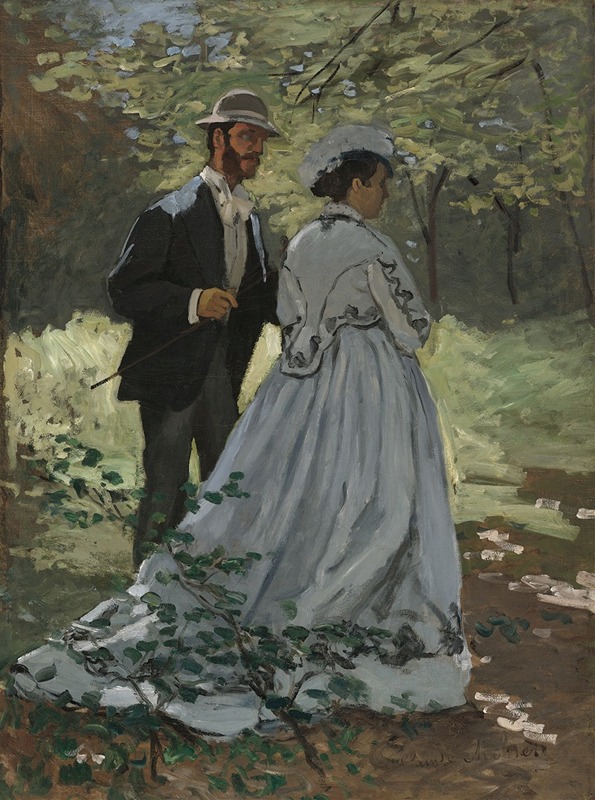
Bazille and Camille
A hand-painted replica of Claude Monet’s masterpiece Bazille and Camille, meticulously crafted by professional artists to capture the true essence of the original. Each piece is created with museum-quality canvas and rare mineral pigments, carefully painted by experienced artists with delicate brushstrokes and rich, layered colors to perfectly recreate the texture of the original artwork. Unlike machine-printed reproductions, this hand-painted version brings the painting to life, infused with the artist’s emotions and skill in every stroke. Whether for personal collection or home decoration, it instantly elevates the artistic atmosphere of any space.
"Bazille and Camille" is an oil painting created by the renowned French Impressionist artist Claude Monet in 1865. This work is notable for its depiction of two significant figures in Monet's life: Frédéric Bazille, a fellow artist and close friend, and Camille Doncieux, Monet's future wife and frequent muse. The painting is a testament to Monet's early development as an artist and his interactions with other key figures in the Impressionist movement.
The painting captures a moment of leisure in a natural setting, a theme that Monet would explore extensively throughout his career. Bazille is shown seated on the ground, casually dressed, with a relaxed posture, while Camille stands beside him, elegantly attired in a voluminous white dress. The setting is a lush, verdant landscape, rendered with Monet's characteristic attention to the effects of light and atmosphere. The composition reflects the influence of the Realist movement, particularly the works of Gustave Courbet, while also hinting at the burgeoning Impressionist style that Monet would later help to define.
Monet's relationship with Frédéric Bazille was one of mutual respect and camaraderie. Both artists were part of a group of young painters who sought to break away from the traditional academic art of the time. Bazille, who was also an accomplished painter, often supported Monet financially and emotionally during the early, challenging years of his career. Their friendship is well-documented, and Bazille's presence in this painting underscores the personal connections that were integral to the Impressionist circle.
Camille Doncieux, who would later become Monet's wife, was a frequent subject in his paintings. Her presence in "Bazille and Camille" highlights her importance in Monet's life and work. Camille and Monet met in the early 1860s, and she became his muse, appearing in several of his early works. Their relationship was both personal and professional, with Camille playing a crucial role in Monet's artistic development.
"Bazille and Camille" is also significant for its exploration of light and color, elements that would become central to Monet's later work. The dappled sunlight filtering through the trees creates a dynamic interplay of light and shadow, a technique that Monet would continue to refine throughout his career. The painting's palette, dominated by greens and whites, reflects Monet's interest in capturing the natural world with immediacy and vibrancy.
This painting is housed in the Musée d'Orsay in Paris, where it is part of a larger collection of Impressionist works. It offers viewers a glimpse into the early stages of Monet's artistic journey and the relationships that shaped his life and career. "Bazille and Camille" stands as a testament to the collaborative spirit and innovative vision that characterized the Impressionist movement, marking a pivotal moment in the history of art.





